Cinsault
Cinsault is a red wine grape variety that is grown in several wine regions around the world, including France, South Africa, California, and the Mediterranean. It is known for producing light to medium-bodied wines with moderate tannin levels, and flavours and aromas of red fruit, such as cherry and raspberry, along with hints of spice and floral notes.
In France, Cinsault is often used as a blending grape in the southern Rhône Valley, where it is a key component in wines such as Châteauneuf-du-Pape and Tavel. It is also used to make varietal wines in the region, where it is prized for its soft and approachable character.
Cinsault is a relatively early-ripening grape variety, which makes it well-suited to warm climates. It is also a high-yielding variety, which makes it an important grape for many winemakers, as it provides a large crop with relatively low costs.
Cinsault is a red wine grape variety, but it is sometimes used to produce rosé wines as well. When used to make rosé, the grapes are typically crushed and the juice is quickly separated from the skins, which minimizes the amount of time the juice spends in contact with the skins and therefore reduces the amount of colour extracted. The result is a light-coloured wine with fresh and fruity flavours and aromas of red fruit, such as cherry and raspberry.
Cinsault rosé wines are often characterized by their light body, crisp acidity, and refreshing character, making them well-suited for warm weather and outdoor drinking. They are also often lower in alcohol and tannin than red wines made from the same variety, which can make them more accessible to a wider range of wine drinkers.
If you’re interested in trying a Cinsault rosé wine, look for bottles from the southern Rhône Valley or other regions where the grape is grown. These wines can be found in wine shops or online, and may be labelled simply as “Rosé” or as “Rosé de Cinsault.”
Overall, Cinsault is an important grape variety in the southern Rhône Valley and other regions and is appreciated for its versatility and the light and approachable wines it produces.
Sort
All wines
Region
Grape
Style
Appellation
Farming
Winemaking
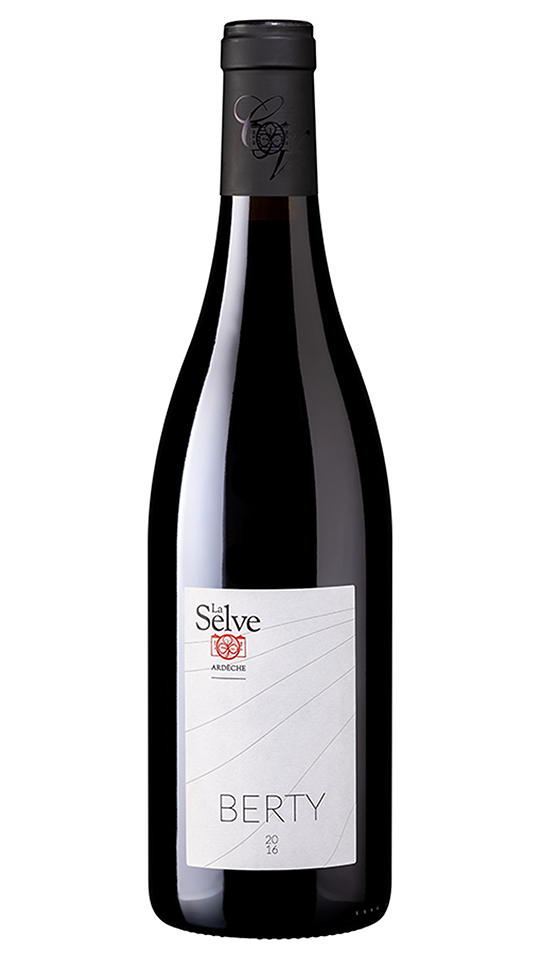
Chateau de la Selve, Berty 2020, Igp Ardèche
From £22.30 per bottle Per mix of six
Chateau de la Selve, Berty 2021, Igp Ardèche
From £22.30 per bottle Per mix of six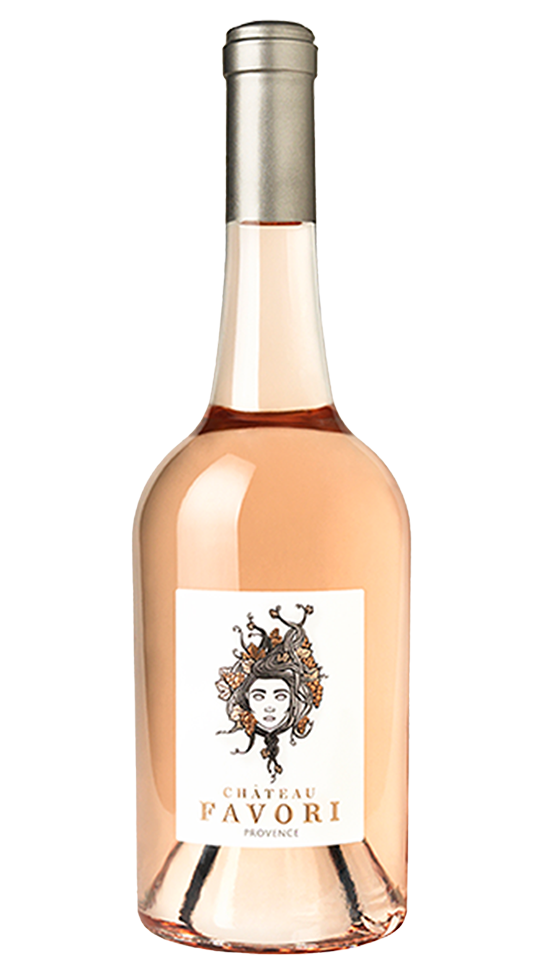
Chateau Favori, 2022, Coteaux D’Aix en Provence, Rosé
From £18.80 per bottle Per mix of six
Chateau Favori, 2024, Coteaux D’Aix en Provence, Rosé
From £18.80 per bottle Per mix of six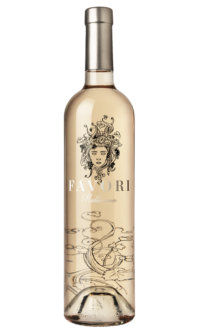
Chateau Favori, Favori Méditerranée 2022, Rosé
From £14.10 per bottle Per mix of six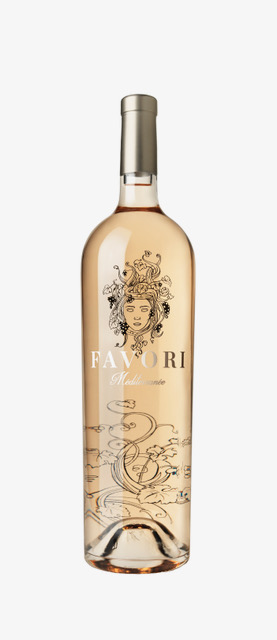
Chateau Favori, Favori Méditerranée 2023,Magnum 1.5ltr, Rosé
From £31.20 per bottle Per mix of six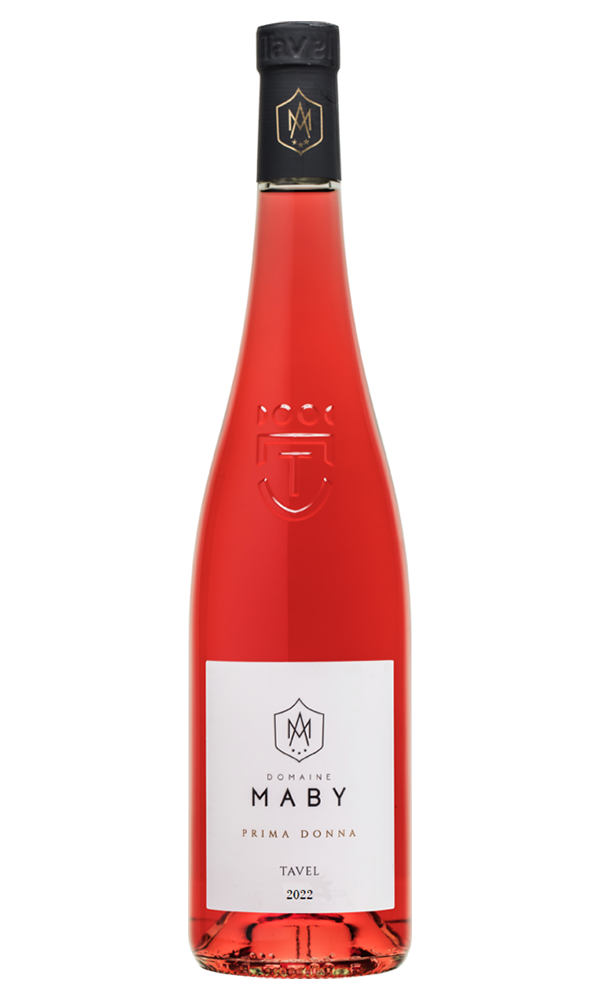
Domaine Maby, Prima Donna 2023, Tavel Rosé
From £17.60 per bottle Per mix of sixCinsault is a red wine grape variety that is grown in several wine regions around the world, including France, South Africa, California, and the Mediterranean. It is known for producing light to medium-bodied wines with moderate tannin levels, and flavours and aromas of red fruit, such as cherry and raspberry, along with hints of spice and floral notes.
In France, Cinsault is often used as a blending grape in the southern Rhône Valley, where it is a key component in wines such as Châteauneuf-du-Pape and Tavel. It is also used to make varietal wines in the region, where it is prized for its soft and approachable character.
Cinsault is a relatively early-ripening grape variety, which makes it well-suited to warm climates. It is also a high-yielding variety, which makes it an important grape for many winemakers, as it provides a large crop with relatively low costs.
Cinsault is a red wine grape variety, but it is sometimes used to produce rosé wines as well. When used to make rosé, the grapes are typically crushed and the juice is quickly separated from the skins, which minimizes the amount of time the juice spends in contact with the skins and therefore reduces the amount of colour extracted. The result is a light-coloured wine with fresh and fruity flavours and aromas of red fruit, such as cherry and raspberry.
Cinsault rosé wines are often characterized by their light body, crisp acidity, and refreshing character, making them well-suited for warm weather and outdoor drinking. They are also often lower in alcohol and tannin than red wines made from the same variety, which can make them more accessible to a wider range of wine drinkers.
If you’re interested in trying a Cinsault rosé wine, look for bottles from the southern Rhône Valley or other regions where the grape is grown. These wines can be found in wine shops or online, and may be labelled simply as “Rosé” or as “Rosé de Cinsault.”
Overall, Cinsault is an important grape variety in the southern Rhône Valley and other regions and is appreciated for its versatility and the light and approachable wines it produces.


